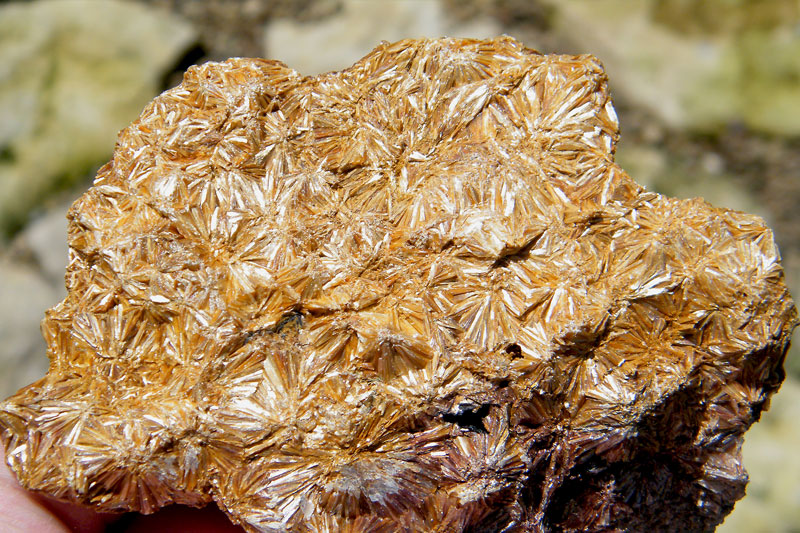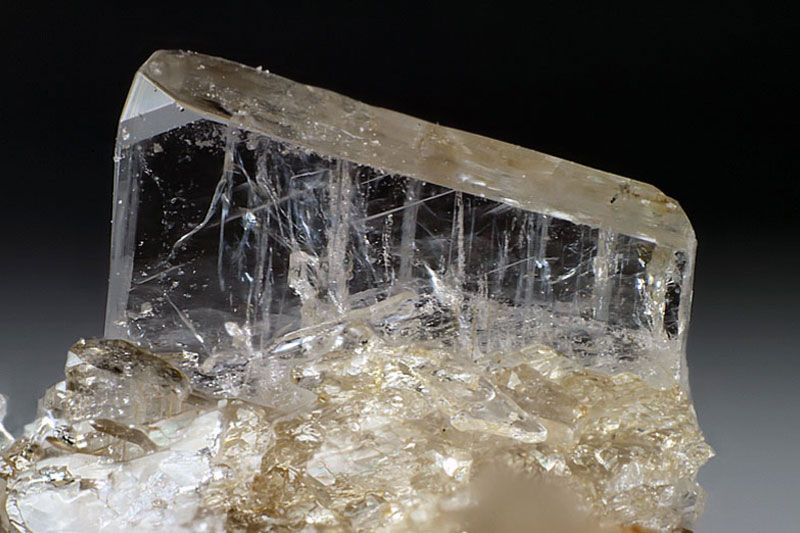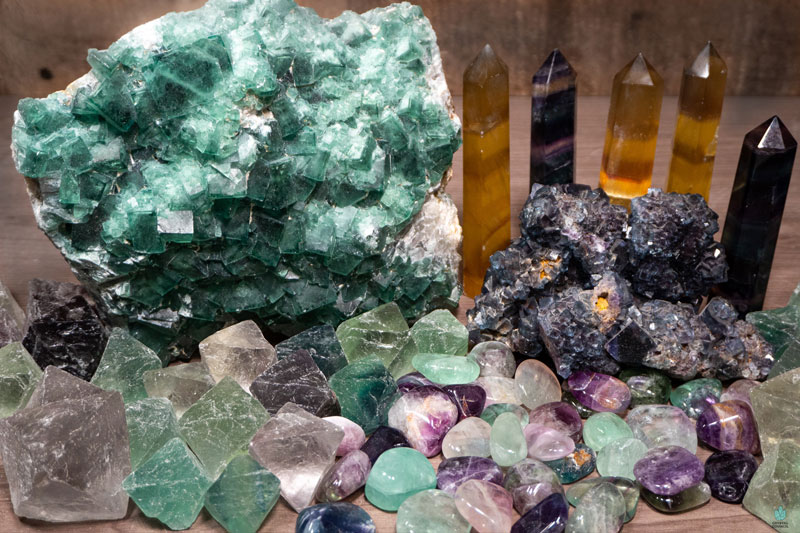Scoria Stones
Scoria Stones
Scoria is a volcanic rock with a rough surface resembling furnace slag. It consists of silicate waste materials and is considered a valuable ore with economic importance, as highlighted by various studies conducted by the General Geology Authority.
Usage
Scoria, also known as scoriaceous or volcanic cinder, is utilized by cement companies in the production of Pozzolanic cement, lightweight building materials, activated cement, heat-resistant concrete, and chemicals. It is also used in the manufacturing of structures and insulation materials. Furthermore, it serves as an absorbent, filter, and purifier in industries such as basaltic wool insulation production. Scoria finds applications in lightweight cement panels, blocks, road surfacing (especially in winter for increased traction), railways, agricultural drainage systems, and ground cover in gardens.
Characteristics
This mineral possesses good sound and heat insulation properties. It is lightweight, durable, and resistant to natural factors, acidity, weathering, and damage. It has a sponge-like appearance, and its porous rocks have high porosity. The significant expansion upon cooling results in the bursting of bubble walls, leaving a three-dimensional network of glass known as “reticulate.” Due to this expansion, scoria is also referred to as “basaltic pumice.” It is heavier, darker in color, and more crystalline than pumice. However, scoria is solid and vesicular.

Formation
After the Earth’s crust cracks and secondary faults occur, followed by volcanic eruptions, the magma (molten rock) gives rise to successive basaltic flows. Among the various minerals formed, volcanic cinder is present. It consists of gas-saturated basaltic magma, which, upon rapid cooling and solidification, forms highly porous sands. These sands are black, gray, or brown, have a glassy texture, and contain more than 50% bubble volume in relation to the total rock volume.




